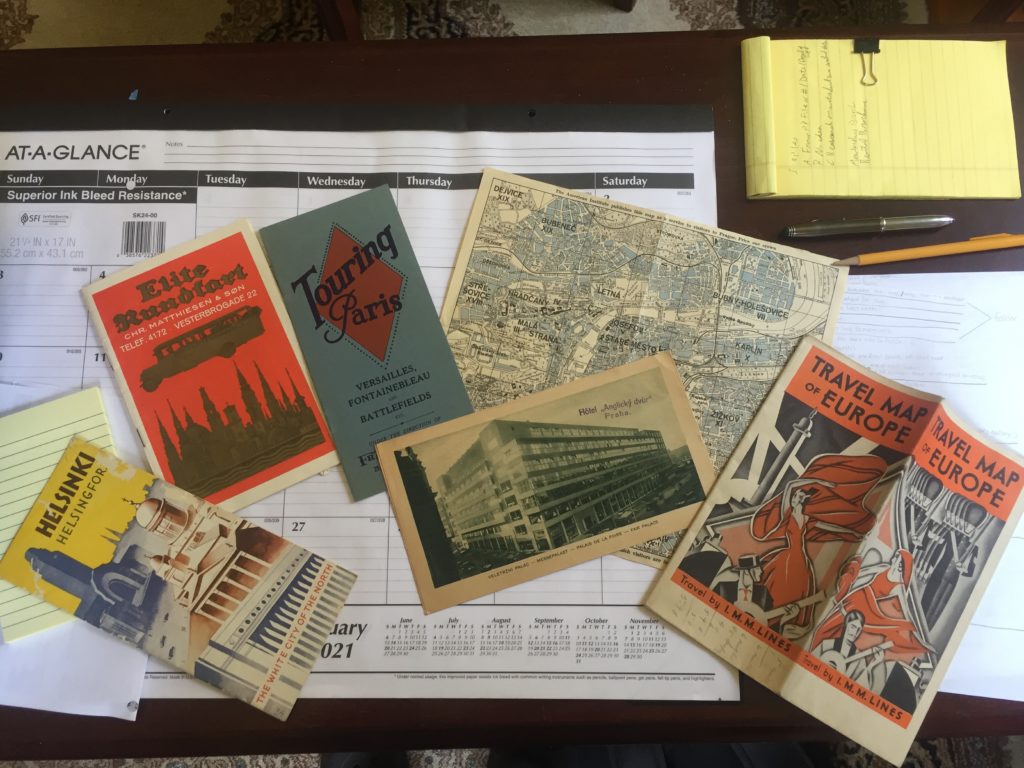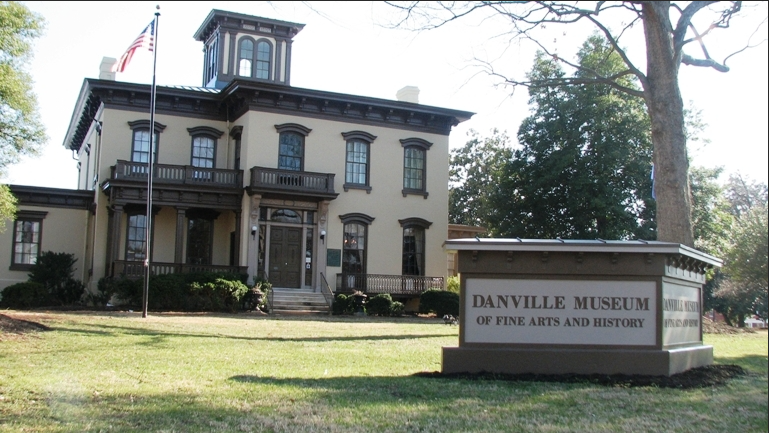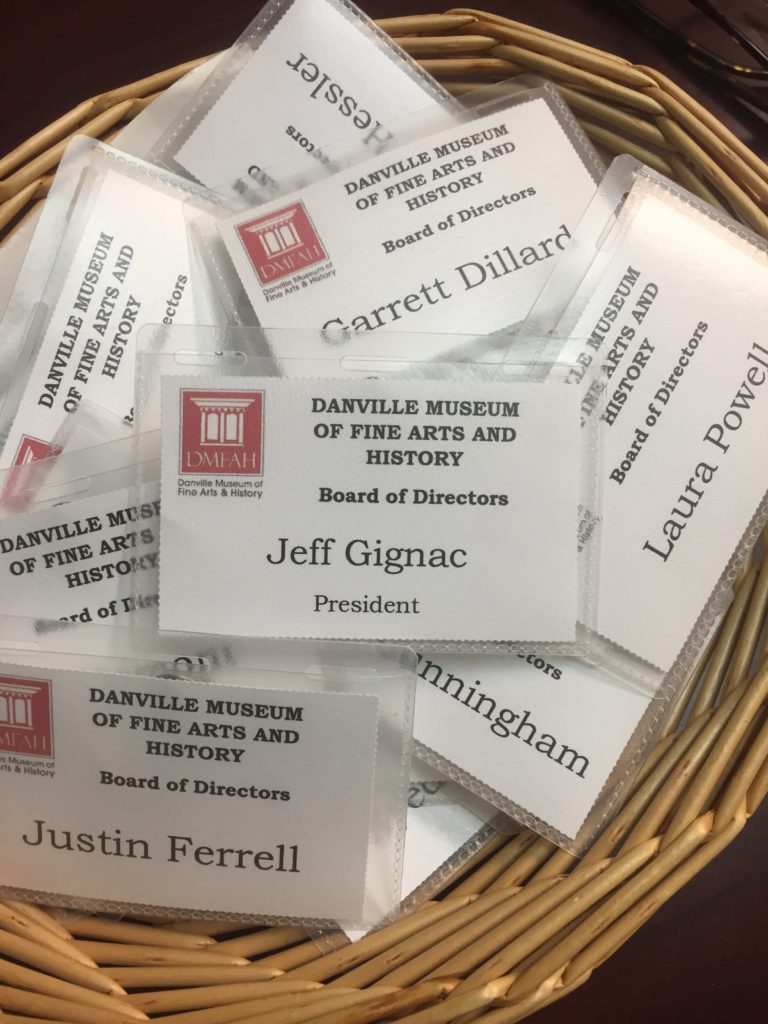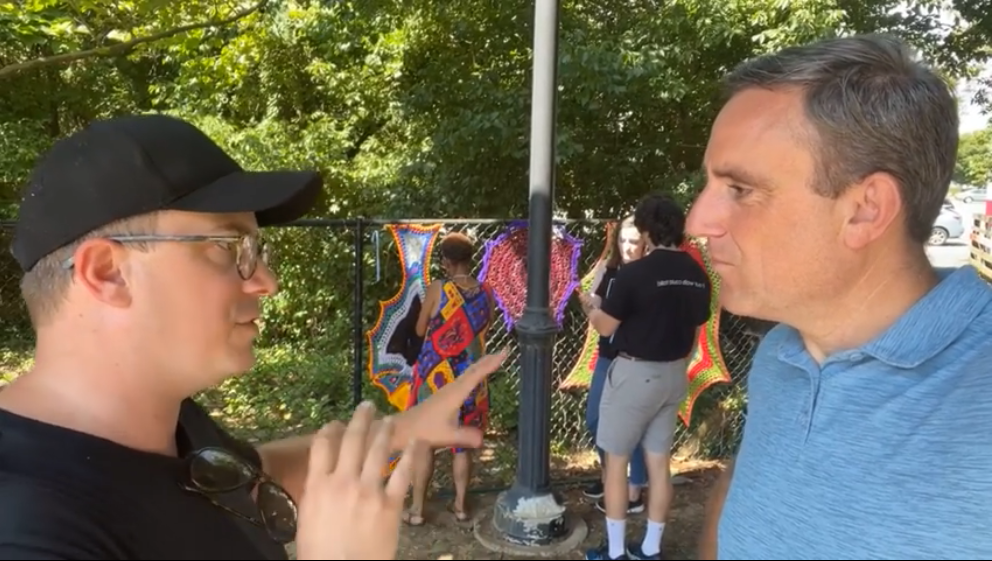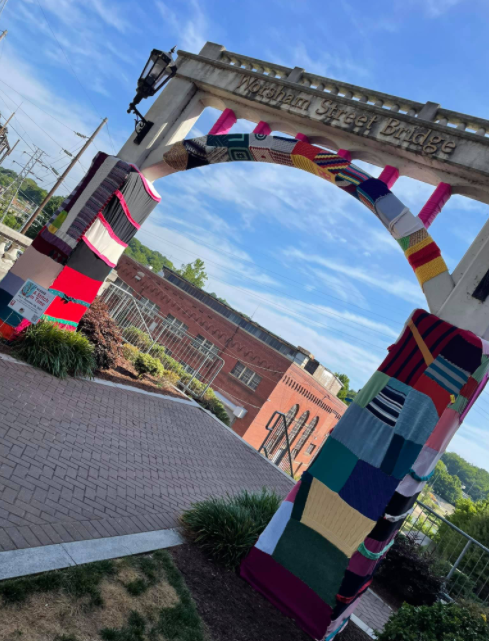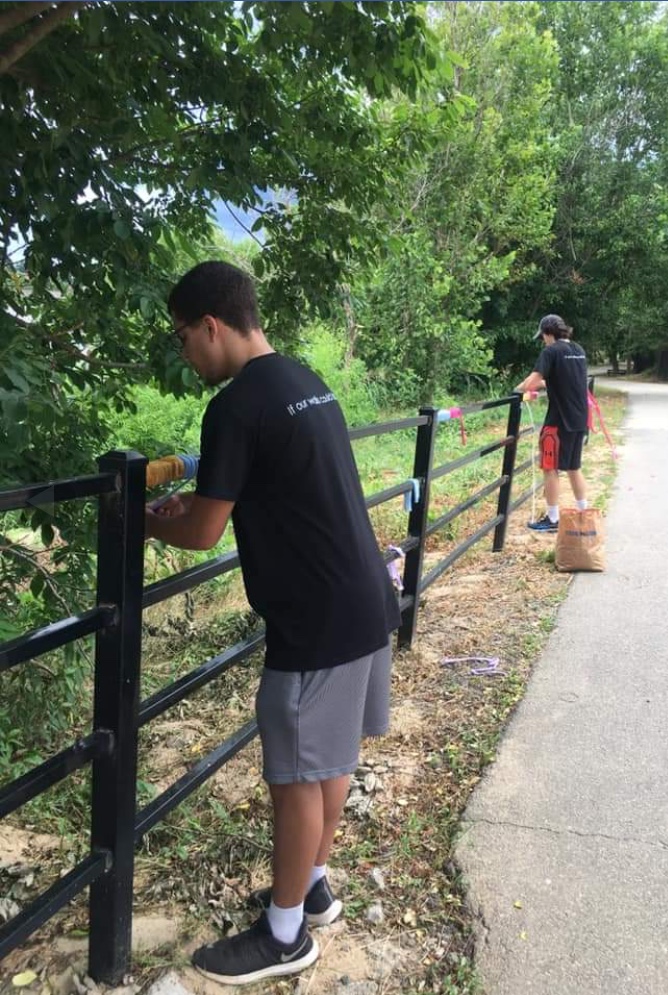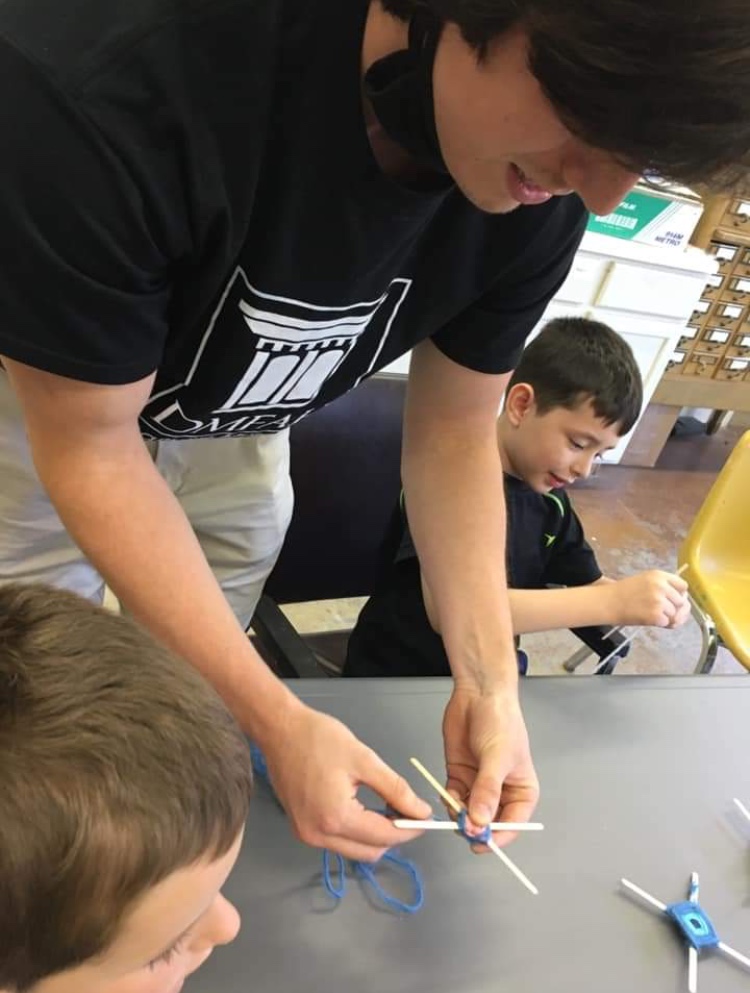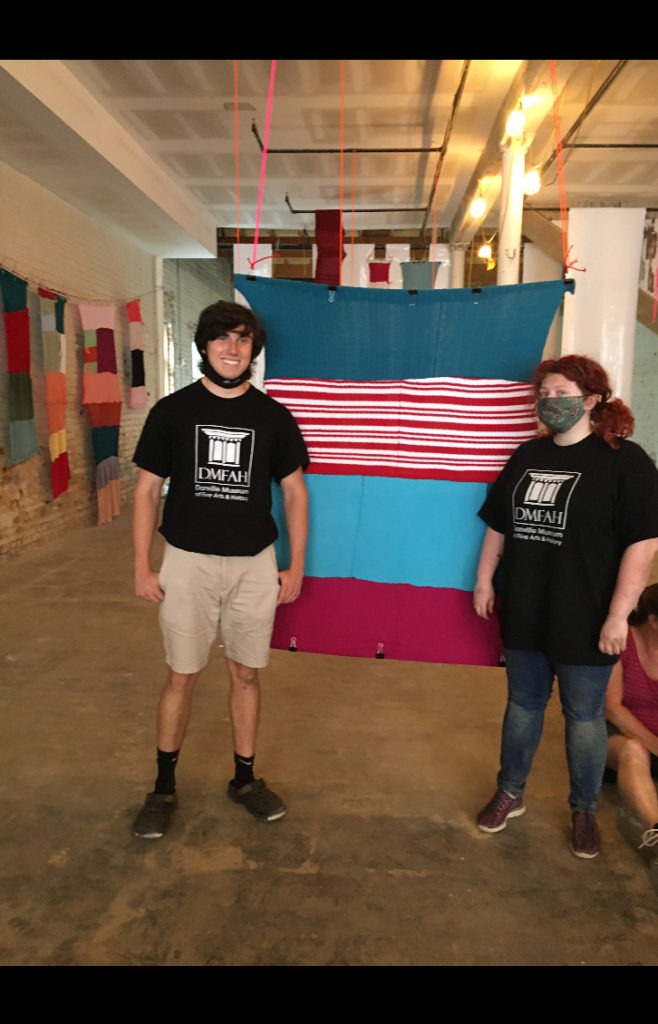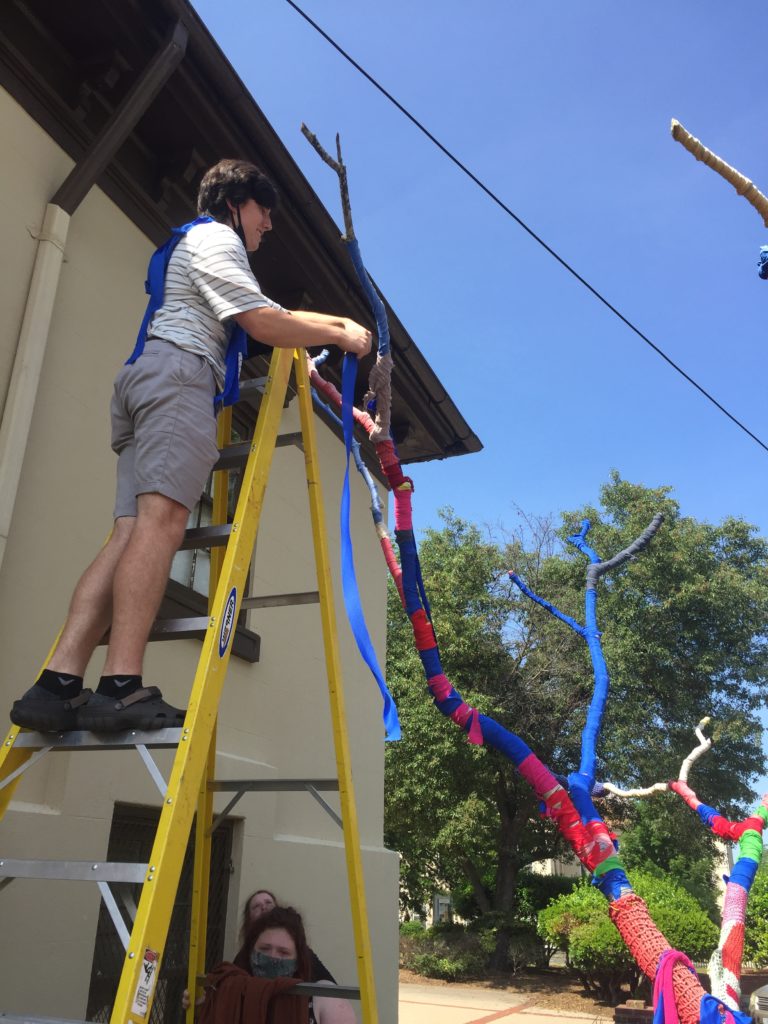Well, I have finished up my time with the museum and I must say that this experience will definitely leave an indelible mark on myself and my prospects for future careers. The ability to meld the historical, artistical, and organizational have all proved invaluable assets as I wove through the process of becoming a team member at the Danville Museum of Fine Arts and History. Overall I assisted in all facets of museum operation, such as sorting, re-accessioning, and digitizing historical records (the attached picture includes some of the documents which I have spent the past two weeks digitizing, primarily historical travel brochures from a Mrs. Beverley’s trip to Europe in the 1930s). The ability to work with the history, which is my favorite, alongside other ventures helped expand the breadth of knowledge and skills gained whilst at the museum, such as my involvement with both the Blue Muse and Wanderlove exhibitions. I was also glad to be the jack-of-all-trades around the museum, helping in any capacity which I was able. From helping to stake posts for a new banner outside the museum, to reorganizing the office’s and utility closet’s contents, to walking the Riverwalk to keep tabs on how Wanderlove was doing after its installation, anywhere I could be helpful was where I was. This internship has been a deeply enriching experience and I hope to continue helping out DMFAH when I am able as new exhibitions come, more installations are put up, and as reorganization continues in collections in order to achieve AAM-MAP certification. The experiences gained in my time there will definitely contribute to my future plans as I scope out the historical and archaeological fields, both of which intertwine splendidly with that of curatorial work and museums.
